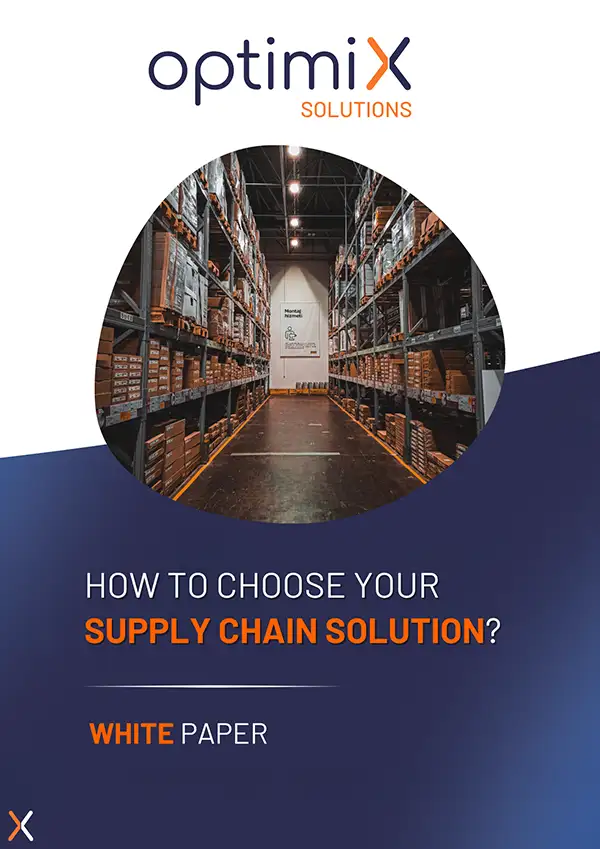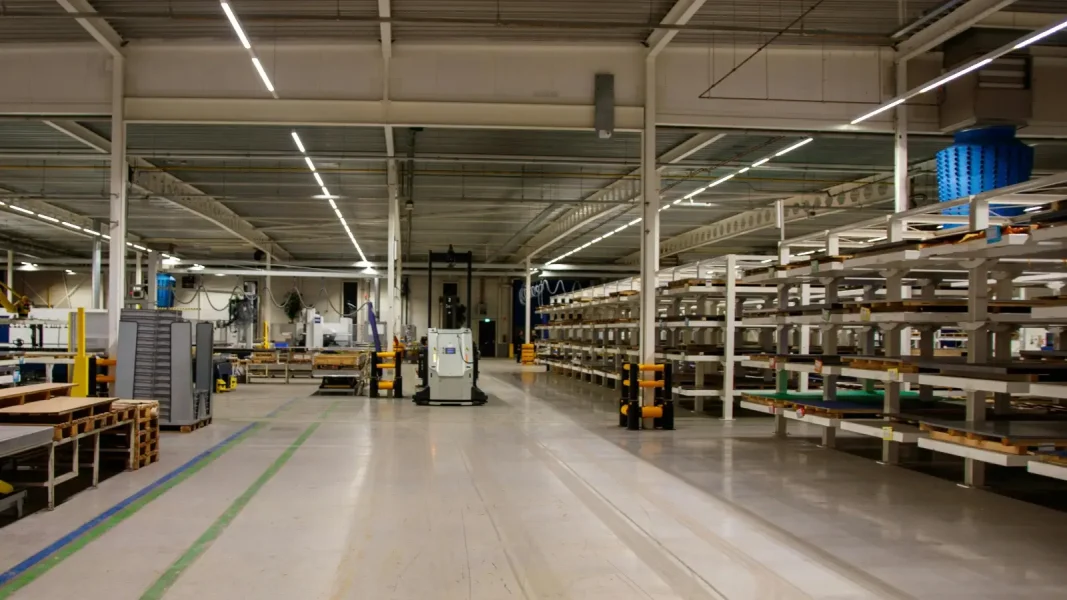Faced with growing demand instability, supply chain tensions and increased profitability requirements, retail companies are having to rethink the way they supply chain planning is managed. is managed. In this context, structured, proactive supply chain planning is a key strategic lever. It helps guarantee product availability, control storage and distribution costs, and better meet customer expectations.
This article deciphers the essential steps in an effective supply chain planning process, drawing on proven industry practices and the optimization levers available to sustainably boost your supply chain’s performance.
Why is purchasing and supply management a strategic issue for companies?
Supply and purchasing management plays a central role in a company’s overall performance, particularly in logistics-intensive sectors such as retail. Much more than simply acquiring products or raw materials, these functions structure relationships with suppliers, manage incoming flows and determine the company’s ability to meet customer demand within the expected timeframes.
Rigorous supply chain management reduces operating costs, secures product quality and availability, and ensures smooth operations. It also contributes to resilience in the face of market hazards or supply chain tensions.
By aligning purchasing with the company’s strategic objectives, supply chain management becomes a genuine lever for value creation.
Discover all the the benefits of good supply chain planning
The 7 essential steps in supply chain planning
The supply planning process is built around a number of structured phases, enabling business objectives to be aligned with logistical capacities and available resources. It involves demand forecasting, analysis of stock levels, supplier selection, flow planning and constant monitoring of operational performance.
1. Demand forecast
This stage is based on a predictive analysis designed to anticipate future demand for specific products. It is based on historical data, seasonal trends and promotional events, as well as feedback from the field. These sales forecasts guide the entire planning process, from calculating requirements to scheduling deliveries.
2. Assessment of existing stocks
It’s essential to have a clear view of available stock. This involves calculating days’ supply, identifying surplus or obsolete products, and defining consistent safety stock levels. This step helps avoid stock-outs, while reducing the costs associated with product immobilization.
3. Calculation of net requirements
By cross-referencing forecasts with actual inventories, orders in hand and replenishment thresholds, we can precisely determine the quantities to be ordered. This calculation, at the heart of the planning process, guarantees fine-tuning of requirements. It requires great rigor to avoid both under- and overstocking.
4. Supplier selection and procurement
Once the requirements have been identified, it’s time to look for the most suitable suppliers, taking into account their reliability, lead times, ability to deliver regularly and product quality. This phase also includes defining the supply strategy: quantities to be ordered, frequency, pricing and logistics conditions. Controlled delivery management ensures the smooth flow of incoming and outgoing goods. The choice of suppliers determines the reliability and responsiveness of the entire supply chain. It is based on an analysis of prices, delivery times, product quality and flexibility in the face of fluctuating demand. A relationship of trust with solid partners is essential to secure logistics flows.
5. Placing orders
Once requirements have been validated, the order must be issued efficiently. Thanks to digital tools, this stage can be automated to a large extent: issuing purchase orders, tracking deliveries, managing disputes or delays. Integration with information systems ensures smooth, rapid processing, reducing human error.
The integration of an order management tool makes it possible to consolidate requests, automate processing and direct flows strategically. This approach offers complete visibility of requirements and available resources, facilitating decision-making, improving the reliability of commitments to customers, and limiting errors or unforeseen delays.
The result: more efficient logistics, controlled deliveries and a significant reduction in operating costs.
6. Distribution planning and receiving
Having the right quantities of product in the wrong place can be just as problematic as not having enough stock. That’s why it’s crucial to plan distribution optimally between warehouses, sales outlets or geographical areas. This includes coordinating deliveries, managing storage capacity and integrating transport lead times. When goods arrive, rigorous control is essential: checking quantities, conformity and updating inventories. Receiving goods requires strict control, both of quantities delivered and of product conformity. This verification guarantees stock integrity and feeds inventory systems in real time. In the event of non-conformity, a deviation management process must be set in motion quickly.
7. Performance monitoring and continuous improvement
Continuous improvement is at the heart of supply chain performance. It is based on constant monitoring of key indicators (stock levels, service rates, forecast accuracy, supplier lead times). By identifying deviations and malfunctions, the company can adjust its order parameters, correct errors and strengthen its processes.
The APS solution APS: XFR by Optimix Solutions provides real-time insight for rapid, informed decision-making. Planning is a living process that constantly adapts.
It is therefore essential to monitor performance indicators (service rate, breakage rate, forecast accuracy) and adjust order parameters accordingly.
How to improve supply chain management?
Improving supply management means above all improving responsiveness, precision and efficiency throughout the supply chain. This implies a structured, but above all dynamic approach, capable of adapting to market trends, operational constraints and customer expectations.
The first step is to reinforce the reliability of forecasts, by exploiting comprehensive historical data, enriched by information from the field, consumption trends, or the impact of seasonality. Integrating advanced forecasting tools, based on artificial intelligence or machine learning, makes it possible to detect weak signals and react upstream.
Secondly, real-time visibility of stocks and orders is essential. A centralized management system, connected to all points of sale and warehouses, offers a unified vision that is essential for optimizing restocking and adjusting security levels. It also makes it easier to identify potential out-of-stocks, overstocks or anomalies.
It is also essential to professionalize supplier relations. Implementing performance indicators (OTIF, quality, lead times), contractualizing service levels and establishing regular dialogue with partners all help to streamline supplies and secure commitments.
Finally, continuous improvement must be integrated into the company’s culture. This involves data-driven management, regular performance reviews, automation of low-value-added tasks, as well as increasing the skills of supply chain teams.
Solutions such as XFR Optimix forecasting and Replenishment make it possible to orchestrate all these levers in a continuous optimization process, based on an intelligent, scalable platform. The result: more agile, more reliable supply management, better aligned with business objectives.
Towards agile, intelligent supply chain planning
Today, supply planning is more than just managing logistics flows. It has become a genuine strategic lever for improving efficiency, responsiveness and customer satisfaction. By carefully structuring each stage, from demand analysis to continuous improvement, retail chains can build a solid supply chain, capable of adapting to unforeseen circumstances and sustaining growth.
Thanks to supply chain tools such as XFR-Optimix Forecast and Replenishment, which combine artificial intelligence, machine learning and data, retailers can intelligently automate their replenishment processes while retaining control over their strategic decisions, for a more flexible, more reliable supply chain, tailored to meet the challenges of an ever-changing market.







